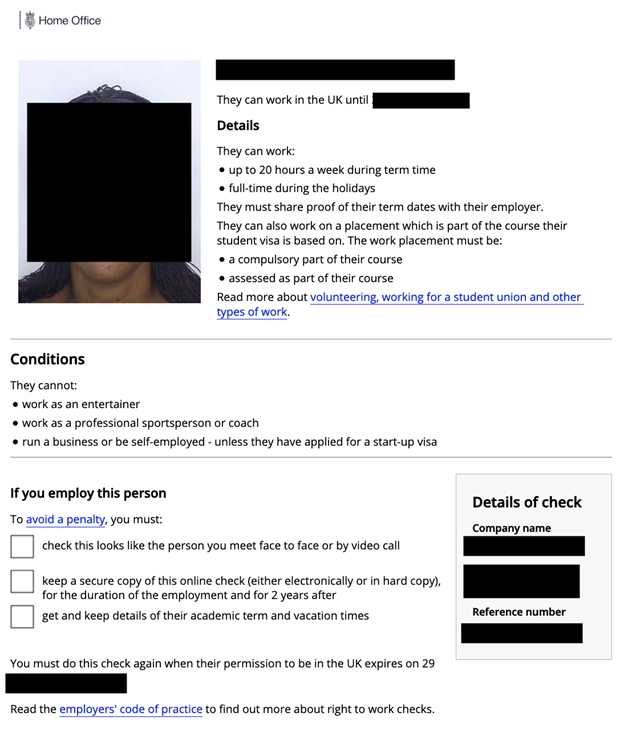Approximately 8 million records, including personal identifiers and financial details of UK healthcare workers, were exposed through a misconfigured staff management database associated with Logezy, a software company headquartered in the UK.
Cybersecurity investigator Jeremiah Fowler, who is also a co-founder of Security Discovery, has unveiled a significant data leak linked to Logezy, a firm that specializes in managing employee data. In findings shared with Hackread.com, Fowler detailed that the exposed information amounted to about 1.1 TB across nearly 8 million records, all contained within a database that lacked essential password protection and encryption.
The compromised database included sensitive materials such as work authorization documents, national insurance numbers, certificates, electronic signatures, timesheets, images of users, and government-issued IDs. Fowler highlighted that the database held 656 directory entries representing various entities, primarily healthcare providers, recruiting agencies, and temporary employment services, as cited in his exhaustive report.
Following the discovery, Fowler promptly alerted Logezy, leading to the restriction of database access. However, concerns linger regarding the duration for which the database was accessible and whether any unauthorized parties accessed the sensitive information. It remains unclear if the database was directly managed by Logezy or a third-party contractor, with a forensic audit potentially providing clarity on these issues.
Logezy, situated in Derby, England, offers staff management solutions aimed at optimizing the operations of both permanent and temporary staff. Despite claims of serving various sectors, the majority of the exposed records were related to the healthcare field. This breach is particularly alarming given the recent surge in cyberattacks targeting the healthcare sector. The leaked data poses considerable risks, as it could be misused for identity theft, allowing criminals to impersonate healthcare workers for financial gain.
The credentials and electronic signatures that were exposed could lead to unauthorized access to internal healthcare systems, jeopardizing sensitive patient information. Fowler pointed out that the wealth of healthcare data, along with personally identifiable information from industry personnel, is extremely valuable to cybercriminals. Furthermore, the compromised personal details could facilitate social engineering schemes, allowing attackers to coax sensitive information or system access from unsuspecting individuals, thereby increasing the likelihood of ransomware attacks that could disrupt healthcare operations.
While Fowler does not suggest any malfeasance on Logezy’s part, he recommends that individuals who may be affected should closely monitor their financial accounts and credit reports for unusual activities. Furthermore, he emphasizes the increased risks linked to centralized data storage, especially for companies managing data from multiple sources. Implementing segmented, secure storage solutions combined with robust access controls and encryption is suggested as a more effective strategy to minimize the impact of potential data leaks.
In the context of the MITRE ATT&CK framework, several tactics could be inferred regarding the breach’s potential exploitation methods. This may encompass techniques under initial access, such as misconfiguration or unregulated access points, which could have been leveraged to gain entry. Additionally, concerns about persistence could stem from the lack of proper security measures, allowing attackers to maintain access over an extended period without detection. Addressing these vulnerabilities is essential for businesses that prioritize cybersecurity and data protection.

